UPDATED REVIEW – February 1, 2015 – Kawai CN24 Digital Piano – Recommended – The Kawai CN24 is now discontinued and a new model has taken its place and is available at Kawai piano stores.
Previous review for CN24 – The Kawai company is well known the world over for producing high quality acoustic upright & grand pianos, and their home and stage digital pianos are no exception. The 2012 model CN24 is not available at traditional internet sites in the US and found only in Kawai piano stores in the US, although it may be different in other countries. There are two models in the CN series with the first one being the lower priced CN24 ($1799US Kawai store discount price) and the other one being the higher priced CN34 ($2399US Kawai store discount price). The CN24 comes in an attractive traditional furniture style darker rosewood finish with front cabinet support legs. The main features on the CN24 are realistic weighted & graded acoustic style hammer key action, natural stereo acoustic piano sound with a big dynamic range, and proper pedaling movement and response all in an attractive cabinet with sliding key cover and matching bench.
It is worth noting that at just $100 more, the CN24 is noticeably better to me in ways I’ve just mentioned than the competitive model Yamaha YDP181 ($1699 internet price) which has been out longer than the CN24. Although Yamaha builds some very nice digital pianos in this price range, the Kawai CN24 piano technology is superior in a number of ways. There are, of course, some nice features on competitive brands which the CN24 does not have such as more extensive recording abilities, USB flash drive, more instrument sounds, drum rhythms, more cabinet colors, etc. But when it comes to what people really want most in a digital piano, it’s my opinion that the Kawai CN24 is near the top when it comes to having a realistic piano playing experience for key action and piano sound.
 |
| CN24 triple sensor key system |
The CN24 utilizes a new key action from Kawai which also has a feature called “let-off” that is supposed to simulate a grand piano movement as opposed to an upright piano key movement. Without making this too complex, let’s just say you could probably be happy with either an acoustic upright style or grand piano style key action in a digital piano and both can give you a satisfying & enjoyable playing experience. I have played on both types for many years teaching in my studio and playing professionally and I find them enjoyable to play. The Kawai CN24 also has triple sensor key electronics (see above left pic), as opposed to 2 sensors in other digital pianos, to give the more advanced player better key sensing repetition for faster notes being played. This will not be important in the beginning stages of playing and perhaps you’ll never really take advantage of it, but it is a good thing to have in case you should advance to higher levels of learning and performance. The key action which Kawai calls Responsive Hammer II Action, is graded & medium weighted (which most people will like) and has noticeably quiet sturdy keys when moving up & down (even when playing aggressively). I could really dig into playing a variety of music and I felt that I was really connecting with the music and able to express myself with this key action.
As far as piano tone goes, the acoustic stereo piano sound reproduction in the CN24 is quite realistic in this price range with smooth velocity
response, natural tonal dynamics, and a fairly even volume balance
across the entire keyboard.
It is worth noting that each note of all 88 keys was individually
sampled from a large Kawai acoustic grand piano (left pic) as opposed to being sampled
(recorded) from an acoustic piano in groups of notes. Sampling in groups
of notes at one time like many other brands do is a less expensive way
of getting a piano sound reproduction. But the Kawai CN24 had every key
sampled one at a time…and the resulting piano sound in my opinion is
amazing for the price, as I just mentioned.
The piano sound polyphony processing power is 192-notes which is very good in this price range and this is important if you are at a higher skill level or are playing 2 instrument sounds together at the same time such as acoustic piano & strings or organ & harpsichord, or electric piano & synthesizer sound, or acoustic piano & choir, etc. Speaking of instrument sounds, there are 15 high quality tones considering that instrument sounds on many other digital pianos tend to be on the unrealistic side based on all my experience with them. The CN24 stereo strings, choir, organs, synths, etc are quite real and beautiful to listen to, especially when you combine two of them together at the same time. But besides the key action, it’s the acoustic piano tone that really drew me to this model and the piano’s internal 40 watt 2-speaker sound system seems to be up to the task of handling the sound. Typically you would need to spend a lot more money (well over $2000US at discount) on other furniture cabinet brands & models to get this kind of a natural non-digital sounding piano tone. It’s a joy to play, at least it was for me, and with my extensive professional experience playing real acoustic pianos for many years, it can be difficult to impress me when it comes to digital pianos.
The CN24 does have a few cool fun (and useful) educational features too so it’s not without a few “bells & whistles.” One of the educational fun features on this piano is called Concert Magic,
an intelligent interactive rhythm training feature with built-in
perfect song playback. Concert Magic can be very useful if you are a
beginner of any age including being 2 years old or 92 years old. Imagine
if you wanted to play a full song on the piano with both left hand and
right hand together and you could push/tap any key on the piano
and it would play the correct note or notes of the song…well that’s
what Concert Magic does. There are 40 complete built-in popular songs in
the Concert Magic piano memory which you can choose from. Once you make
you song selection, then you can play it. But playing it means you would put a finger on any key and push or tap the key down and as you do
that you would get the full left and right hand notes (chords) playing
the song as you pressed the keys. In other words, you can never make a
mistake! The point of that
| Concert Magic fun at any age |
exercise is to help you understand rhythm,
timing, and tonal dynamics while listening to the correct notes of the
song. You don’t have to know anything about reading music or using the
correct fingers on the correct keys to hear a song (a nice concept).
There are Christmas songs, standard songs, folk tunes, classical music,
and others tunes offered with Concert Magic that you may recognize. The
goal of Concert Magic is to allow anyone to press the any key down to
hear the correct notes coming out and then try to keep the correct
timing & rhythm using the built-in metronome which you can set for
nearly any time signature and speed. It’s fun watching a 2 year old child press keys down and have the song notes sound perfect and moving
along to the next notes every time they press any white or black key! If
you are a beginner of any age and want to be able to press the keys and
have perfect music come out instantly, then you’ll really have fun with
the Concert Magic feature while you are learning. Take a look at the
video demo at the bottom of this page of a live impromptu recital using
the Kawai Concert Magic feature (the little girl in the video is
my granddaughter Emmalyn)!
Another educational feature of the CN24 is the built-in music lesson
library consisting
of Alfred’s basic piano library of songs books 1A and 1B (a very
popular lesson book series) along with Burgmuller 25 Etudes. With the
built-in music library in the piano you can purchase the appropriate
music books and then play along with the built-in songs at any tempo you
wish (slower or faster) and also separate out the left hand and right
hand
parts for playback with controls in the piano accessed by the function
button and keys. The Alfred piano leaning series of lesson books library
is very popular with pianos teachers and is especially useful if you
are a beginner or novice player so you can listen to left and right hand
parts separately on the CN24 (before you play
the song yourself) to understand how each part sounds and to then play
each part one at a time along with the song playing back. It’s a pretty
cool feature and Kawai is the only digital piano company with this kind
of built-in lesson song library. There are many other Alfred piano and
music books beyond level two but the CN24 does not have those songs
built in. You would need to get a digital piano that is General MIDI
compatible along with a built-in USB flash drive (such as the popular Kawai CN34 – $2399 internet price) to play other Alfred lesson book
songs (including other lesson book publishers such as Faber). If you are
taking lessons with a piano teacher you can use the Alfred curriculum
in your lessons to correspond with the built-in Alfred instructional
songs in the piano. But even if you
never use this function, it’s OK because this
instrument is really all about the acoustic piano experience being
recreated on a digital piano and having it be the
one of the best you can get for a furniture cabinet digital piano under
$2000.
| Recorder button controls |
The CN24 has a useful built-in digital recorder which offers one
track
of full piano (left & right hand) recording and a 3-song memory to
save your recorded songs.
This is generally sufficient for most people although some of the Kawai piano
competitors have a 2-track recorder with separate left & right hand
recording. Two separate tracks of recording is a nice feature and I
would have wanted to see that in the CN24, but it is not absolutely
essential. Most people just want to hear what they sound like regardless
of whether the left & right hand are recorded altogether or
individually. The CN24 also allows for electronically splitting the 88
piano keys into two equal 44-key pianos so that two people can play at
the same time playing the same notes. The left hand part of the 88 keys
is electronically changed to sound like the right hand part of the keys
which is helpful if there is teacher-student practice or brother-sister,
parent-child, etc. This can be a useful tool depending on your
situation.
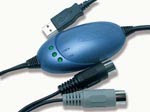 |
| MIDI to USB cable connector |
The CN24 is equipped with MIDI connectors to computer or external MIDI
instruments but I do wish the CN24 had a dedicated USB output to iPad/computer as
well as an
audio input…that would have been useful for more instant connectivity. But some people do ask for actual
MIDI connectors (to connect to other sound modules, etc) which it
does have, and then you can always purchase a low cost adapter cable to
convert a MIDI connector on the piano to a USB cable connector so that
you can
connect the piano to an iPad/computer at that point and use some fun
interactive apps for creative visual learning and music playing. I use
iPad apps in my studio so I would definitely suggest that.
Another feature the CN24 has is ivory feel key tops which
other brands have as well including Casio, Roland, and Yamaha in this price range or less. The synthetic ivory material used on the key tops simulates the feeling of real ivory that was used on real upright & grand pianos many years ago. Although some people do
like the ivory feel keytops and it can be nice, it is not absolutely
necessary and real
acoustic pianos these days (and they have for many years) use regular white
hard plastic keytops and not ivory, so that material (simulated or
organic) is not something you would see on a regular piano anyway.
Besides that, I have had some people tell me they do not personally like
the feel of some synthetic ivory key tops, so it’s definitely personal
opinion, although I do like it and it helps absorb sweat in the fingers. If you are a sweaty person then you may like this feature even more:)
Then there is the damper sustain pedal (along with the middle pedal
sostenuto function and left soft pedal) which is sometimes overlooked as
being important when shopping for a piano. The piano pedals (pic on
left) are covered in protective plastic which can be taken off after you
assemble the stand. The stand (including pedals) can be removed from
the piano top and the pedals themselves are of a durable metal material
(not plastic) and when using the right sustain/damper pedal, it
activates what’s known as “half-pedaling.” Half-pedaling is the
ability to have a medium amount of sustain decay time when pressing the
pedal down about half way. Kawai did a great job as compared to other
digital pianos I have played in the transition from off to on sustain
with attentional levels in-between with a smooth pedal movement using
the “Grand Feel Pedaling” as Kawai calls it. The sustain decay time
(amount of time the sustained note is heard when you let go of a key)
when holding down the pedal and playing the piano keys is quite long and
holds up well as you play keys across the keyboard which was impressive to me. The
longer decay times helps when playing more legato passages of music
especially in classical pieces so even more advanced students and
players will appreciate that.
 |
| CN24 key action |
But all the drum rhythms in the world, automatic chord arrangements,
extra sounds, synthetic ivory keys, or the latest USB technology is unimportant in my opinion if
you do not have a realistic piano playing experience with a solid key
action, good smooth dynamic acoustic piano tone, and proper pedal action & response. Although piano touch, tone, and pedal response is ultimately a subjective thing, when you compare a digital
piano to a real acoustic piano there needs to be some definite
similarities. In my opinion the key action and pedaling of the CN24 is noticeably smoother and
more realistic in key movement and weight
than the Yamaha GHS and GH key action & pedaling found in some lower and higher
priced Yamaha DGX and Arius models (including Clavinova GH3),
Roland ivory-G action, and a few other brands. Key action
static touch weight (how much force it takes to push the key down from resting position) and
realism is the number one feature to focus on in a piano and this Kawai model does it well. Another
digital piano brand in the lower price range which offers a fairly realistic key action in
this low price range in my opinion is Casio, and I have done reviews of
those pianos which you can read about on my blog. Copyright AZPianoNews.com 2014
 |
| CN24 |
I always seem to get people asking me about new 88-key
furniture style digital pianos without a lot of “bells & whistles”
for less than $2000 (approx) price range. There is a variety of
choices out
there including the Yamaha YDP162, Yamaha YDP181, Yamaha YDPV240, Casio PX860, PX780, Korg LP380, Roland RP401R, and Kurzweil MP10, and others.
But I would suggest that you
consider the Kawai CN24 ($1799 Kawai store
discount price) if you intend on keeping the piano for awhile and want a
good investment in a high quality instrument that you will likely not
grow out of for a long time. The Kawai CN24 is a piano even an advanced
player can appreciate if you are focused on
realistic acoustic piano sound and key action. you have a real winner… especially
with the name Kawai attached
to it.
But no matter what brand
or model you may chose, it’s all about the music and having an
enjoyable playing experience and ultimately you can get that on some
(but not all) brands and models in this price range. The Kawai CN24
isn’t the only digital piano brand or model to
get for under $2000, but it is certainly a good one. If you have the budget to spend slightly more
money, Kawai has a very popular digital piano priced at $1899 called the CE220 which is quite impressive because it has a real full length wood keys with counter balance
| CE220 |
weights on them which allows for a realistic key action playing experience. The CE220 also has the same digital piano chip technology and speaker system as the CN24 but with a lot more useful features along with a much more intuitive control panel. The cabinet comes in the satin black color which is generally more preferable overall. The CE220 also has much better connectivity to USB computers, USB flashdrive input, audio connections to external speaker systems (if necessary), as well as the ability to upload songs for playalong and learning directly into the CE220 from a USB flashdrive. For a lot less money than either of these two pianos, Kawai produces a new model called the KDP90 ($1149 internet discount price) which has a number of similarities to the CN24. Go to the following links below to read my reviews on these two other Kawai digital pianos: KDP90: KDP90 Review – CE220: Kawai CE220 Review.
With a quieter hammer key action, realistic
pedal action, a large amount piano
polyphony memory, resonate piano tone with useful reverb and brightness
settings, along with some fun features all in a
fairly compact furniture
cabinet weighing in at only 99lbs, the CN24 is definitely a piano that should be on your list of considerations.
If you want more info on new digital pianos and LOWER PRICES than internet discounts, please email me at tim@azpianowholesale.com or call direct at 602-571-1864.
*The video below is showing off the Piano Magic feature. The piano itself in the video is the lower priced Kawai KDP90 which has the same exact Piano Magic feature as the CN24. My 2 yr old granddaughter sounds like she really knows what she’s doing!
* I recommend eMedia educational software. If you decide to make a purchase after clicking on link below, I have arranged a big discount for you direct with eMedia for their educational software and that discount price is displayed through this link only! I want to see everyone learn to play and enjoy piano!
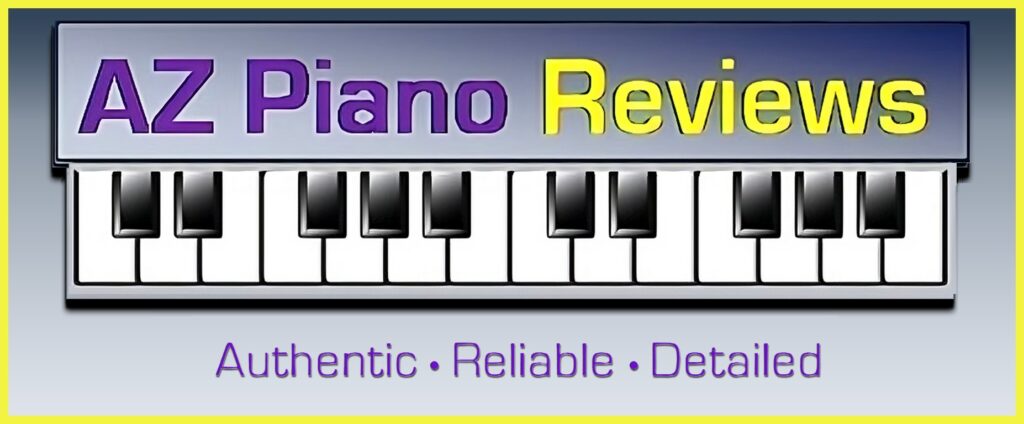






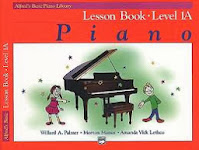

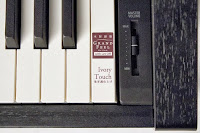

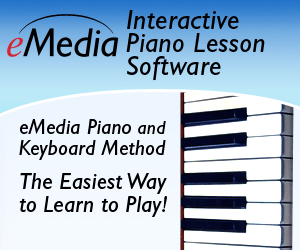


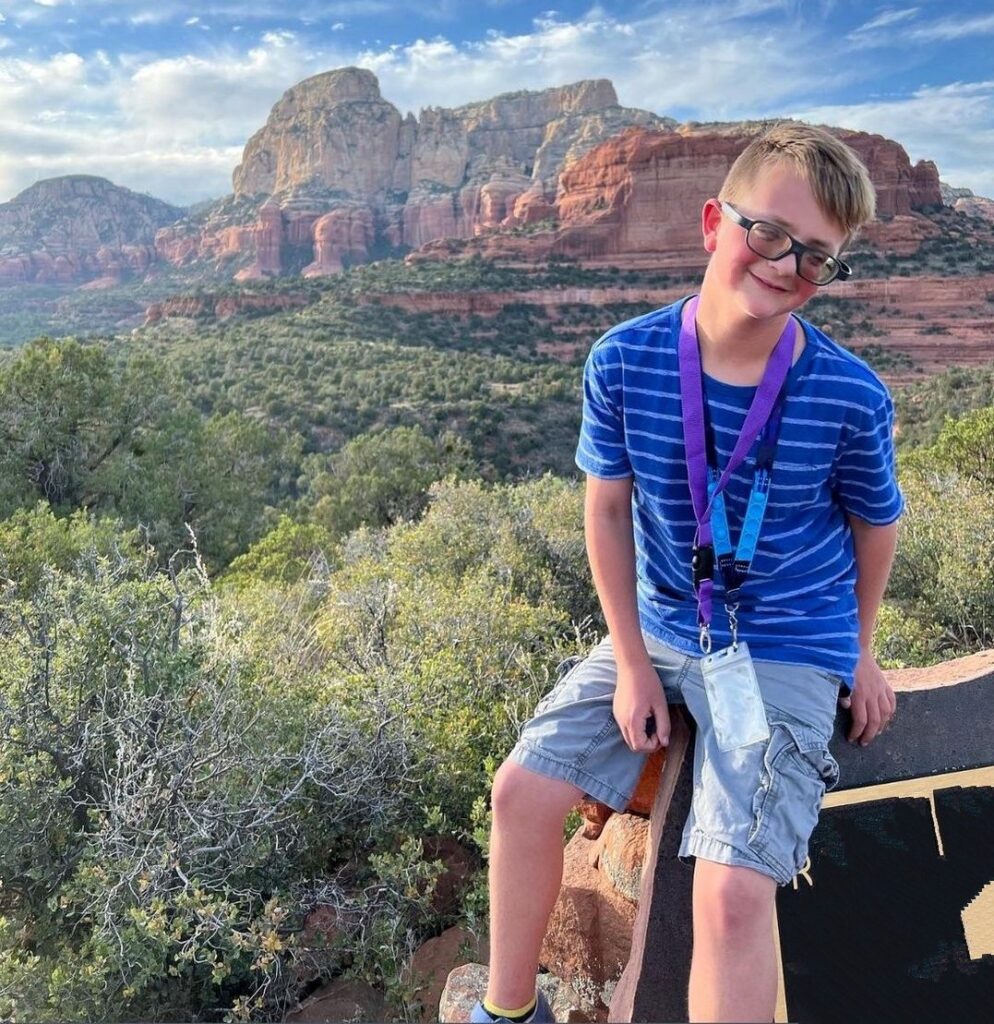
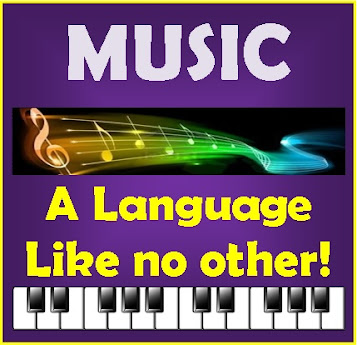
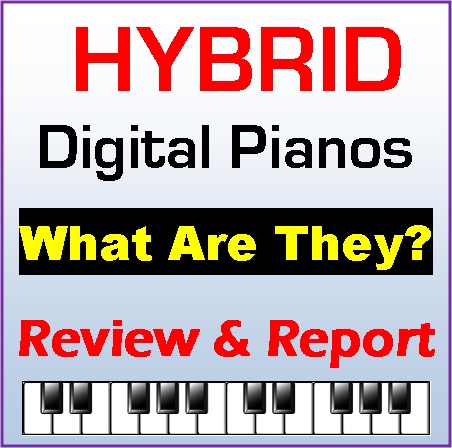
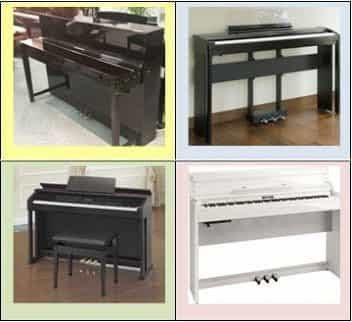
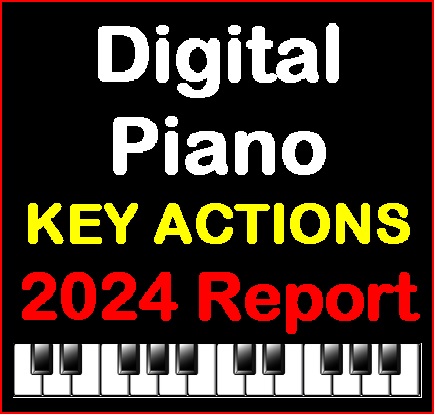
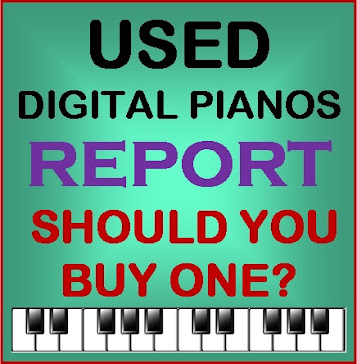
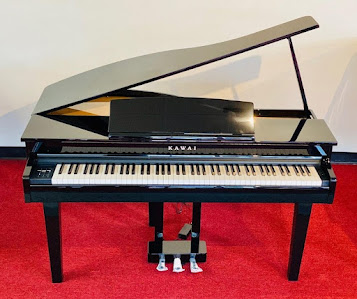
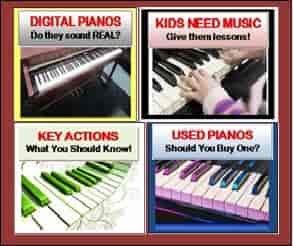
Hello Mr Praskins,
first of all, thank you for your effort! Yesterday I was in a local music store nearby and looked at different models. Now I choose practically between 2-3 models actually: CN24, YDP162 and the new CN14 (the CN14 is a cheaper version of CN24 and I guess it's available only here, in Germany: https://www.kawai.de/cn14_de.htm).
Yamaha's keyboard is more difficult to press, just like you said. But it might be also useful, cause you train muscles more and later it will be easier to switch on a real piano.
I understood that you would prefer CN24 over YDP162, but does Yamaha have some advantages over CN24 in your opinion?
I'm looking for a piano for beginners, good keyboard and sound are my top priorities.
Konstantin.
Is this model better than the Kawai CE220 regarding Key action? and Do you believe that this would be enoght for a BA Music Education student? I have played acoustics pianos all my life but now I need an acoustic piano, I'll wait your answer, Thanks.
yes, definitely…as soon as they arrive to local kawai stores I will get a chance to play them and review them.